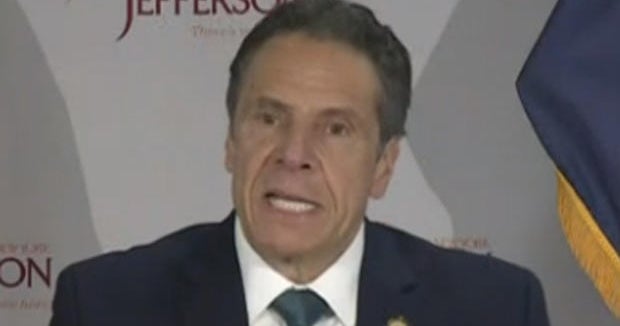How Coronavirus Spreads through the Air: What We Know So Far
The virus that causes COVID-19 can persist in aerosol form, some studies suggest. But the potential for transmission depends on many factors, including infectiousness, dose and ventilation
By Tanya Lewis on May 12, 2020
...
Cowling hypothesizes that many respiratory viruses can be spread through the airborne route—but that the degree of contagiousness is low. For seasonal flu, the basic reproduction number, or R0—a technical designation for the average number of a people a sick person infects—is about 1.3. For COVID-19, it is estimated to be somewhere between two and three (though possibly as high as 5.7). Compared with measles, which has an R0 in the range of 12 to 18, these values suggest most people with the disease caused by SARS-CoV-2 are not extremely contagious.
But there are seeming exceptions, such as the choir practice in Washington State, Cowling says. For unknown reasons, some individuals seem to infect many more people than others do. These so-called superspreaders were documented in the SARS outbreak of 2003, too. In what has become known as the 20/80 rule, about 80 percent of infectious-disease-transmission events may be associated with just 20 percent of cases, Cowling notes. “We don’t know how to identify those 20 percent,” he says. “But if we were able to, in some way, then that would be a major advance.”
Ventilation likely also plays an important role in how easily the virus can be transmitted through the air. Indoor spaces probably pose a higher risk than outdoor ones, especially if they are poorly ventilated, Cowling and others say. Crowded areas such as bars, restaurants and subway trains could all be risky—especially if people are asymptomatic and spend long periods of time in such areas. Precautions could include better ventilation, regular cleaning and mask wearing.
...







Comment